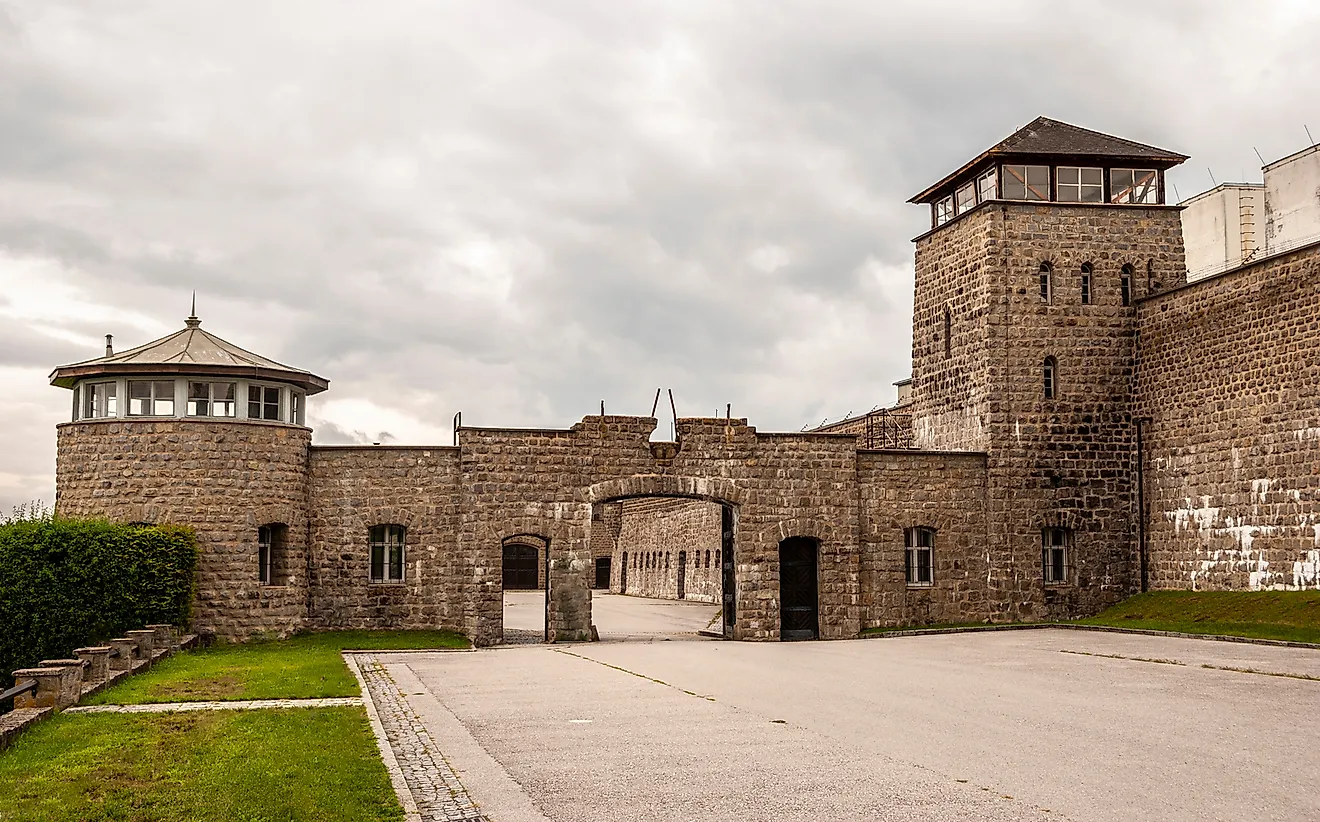Were There Concentration Camps in Austria?

Before and during the Second World War, several concentration camps were maintained and controlled by Nazi Germany throughout its territories. The first of such camps were erected in Germany after Adolf Hitler and the Nazi Party took control of the country.
The name “concentration” was used in reference to the idea of confining a large number of people in one place because they were “undesirable.” These groups consisted of German Communists, Jews, Poles, disabled people, Romanis, homosexuals, and clergymen. Apart from Germany, there were concentration camps throughout Europe, particularly countries where Nazi Germany had control. One such camp is the Mauthausen-Gusen concentration camp complex in Austria.
About the Concentration Camps in Austria
When Adolf Hitler and his Nazi Party Annexed Austria in March 1938, his aim was to take full control of the country and make it part of Greater Germany. Immediately after the annexation of Austria, Nazi Germany erected the Mauthausen concentration camp in Mauthausen and several other subcamps throughout the country.
The concentration camps operated from 1938 until the end of World War II in 1945. The prisoners at the concentration camps in Austria, like most Nazi prisoners in Germany, were forced into slavery under poor conditions that led to the death of many of them.
Mauthausen was the last Nazi Germany concentration camp to be liberated by the Allies. As of January 1945, the camp had over 85,000 prisoners. Although the number of deaths is unknown, several sources place it as 122,000-320,000 people for the whole Mauthausen-Gusen concentration camp complex.
History of the Concentration Camp Complex
In August 1938, Nazi Germany sent inmates from Dachau to Mauthausen to construct a new slave labor camp. Although it was established by a private company as a business enterprise, the German took control of the camp immediately. The site for the camp was chosen because it was near a granite quarry and the town of Linz. A year later, Gusen camp construction begun. Mauthausen camp construction work was funded by money from several sources including money stolen from inmates. Initially, the camp served as a prison camp for common criminals but was turned into a labor camp in May 1939 for political prisoners.
The Gusen consisted of three separate concentration camps in the Perg district: Gusen I, Gusen II, and Gusen III. Gusen I was meant for the political prisoners from Poland and became operational in May 1940. Gusen II was opened in March 1944 and contained up to 17,000 prisoners who were deprived of even the basic facilities. Gusen III became operational in December 1944. Because the Mauthausen and Gusen camps were not adequate to hold the increasing number of detainees, additional subcamps were established.
Treatment of Prisoners
Mauthausen-Gusen concentration camp complex had one of the most severe and brutal regimes. The conditions within the camps were unbearable. The prisoners suffered from malnutrition, beating, overcrowding, and very hard labor. Those who committed crimes within the camps such as not saluting when a German is passing by were sent to work in the quarry. Prisoners were forced to carry 110-pound blocks up the “Stairs of death.” Several other extermination methods were used to eliminate prisoners including deliberate shooting, throwing them on electric barbed wire, hanging, and beating them to death











